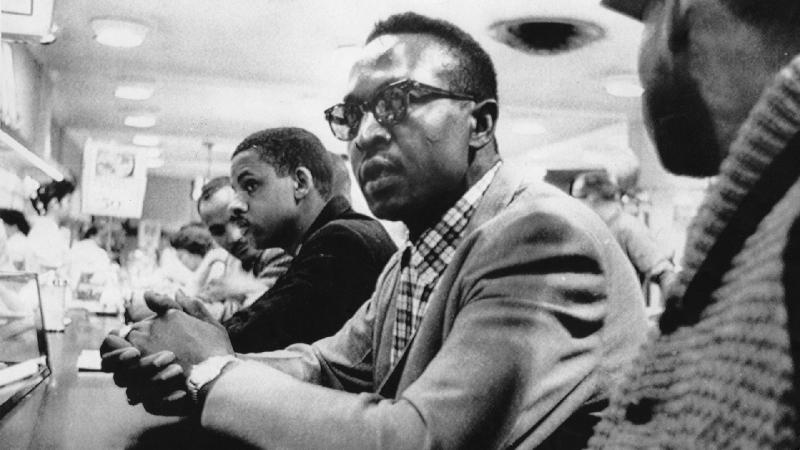This Day in History Feburary 1st, 1960 The Greensboro Sit-in
By: Michael Ray (Encyclopedia Britannica)



Greensboro sit-in, act of nonviolent protest against a segregated lunch counter in Greensboro, North Carolina, that began on February 1, 1960. Its success led to a wider sit-in movement, organized primarily by the Student Nonviolent Coordinating Committee (SNCC), that spread throughout the South.
The sit-in was organized by Ezell Blair, Jr. (later Jibreel Khazan), Franklin McCain, Joseph McNeil, and David Richmond—all African Americans and all students at North Carolina Agricultural and Technical State University in Greensboro. Influenced by the nonviolent protest techniques of Mohandas Gandhi and the Journey of Reconciliation (an antecedent of the Freedom Rides) organized by the Congress of Racial Equality, the four men executed a plan to draw attention to racial segregation in the private sector. Enlisting the aid of Ralph Johns, a local white businessman who was sympathetic to their cause, the students, who came to be dubbed the Greensboro Four, planned their social action in great detail.
On the afternoon of February 1, 1960, the Greensboro Four entered a Woolworth's general merchandise store that had a dining area. The men bought small items and retained the receipt as proof of purchase, before sitting down at the store's lunch counter. While Blacks were allowed to patronize the dining area, they were relegated to a standing snack bar, as the lunch counter was designated for "whites only." The Greensboro Four politely requested service at the counter, remaining seated while their orders were refused by the waitstaff. The lunch counter manager contacted the police, but Johns had already alerted the local media. The police arrived, only to declare that they could do nothing because the four men were paying customers of the store and had not taken any provocative actions. The media response, however, was immediate. A photo of the Greensboro Four appeared in local newspapers, and the protest quickly expanded.
sit-in at Charlotte, North CarolinaIn the weeks following the Greensboro sit-in, Black protesters began staging sit-ins at places to eat across the United States. This sit-in at a lunch counter in Charlotte, North Carolina, happened on February 9, 1960.(more)
The following day the Greensboro Four returned to the Woolworth's lunch counter, accompanied by some 20 other Black university students. The scene played out again February 3-4, with protestors filling virtually all the available seats and spilling out of the store and onto the sidewalk outside.
Within weeks, national media coverage of the protest led to sit-ins being staged in cities across the country. Soon dining facilities across the South were being integrated, and by July 1960 the lunch counter at the Greensboro Woolworth's was serving Black patrons. The Greensboro sit-in provided a template for nonviolent resistance and marked an early success for the civil rights movement.
Michael Ray
Trolling, taunting, spamming, and off topic comments may be removed at the discretion of group mods. NT members that vote up their own comments, repeat comments, or continue to disrupt the conversation risk having all of their comments deleted. Please remember to quote the person(s) to whom you are replying to preserve continuity of this seed. Any use of the phrase "Trump Derangement Syndrome" or the TDS acronym in a comment will be deleted.




A decision that started a movement that changed US history.
Indeed, lasting impact and required much more bravery than coping a knee for 2 minutes while on the clock for a dozen Sundays.
Yes, it was damn gutsy, especially in 1960 in the south.
According to many on the left things have never really changed and have in fact gotten worse.